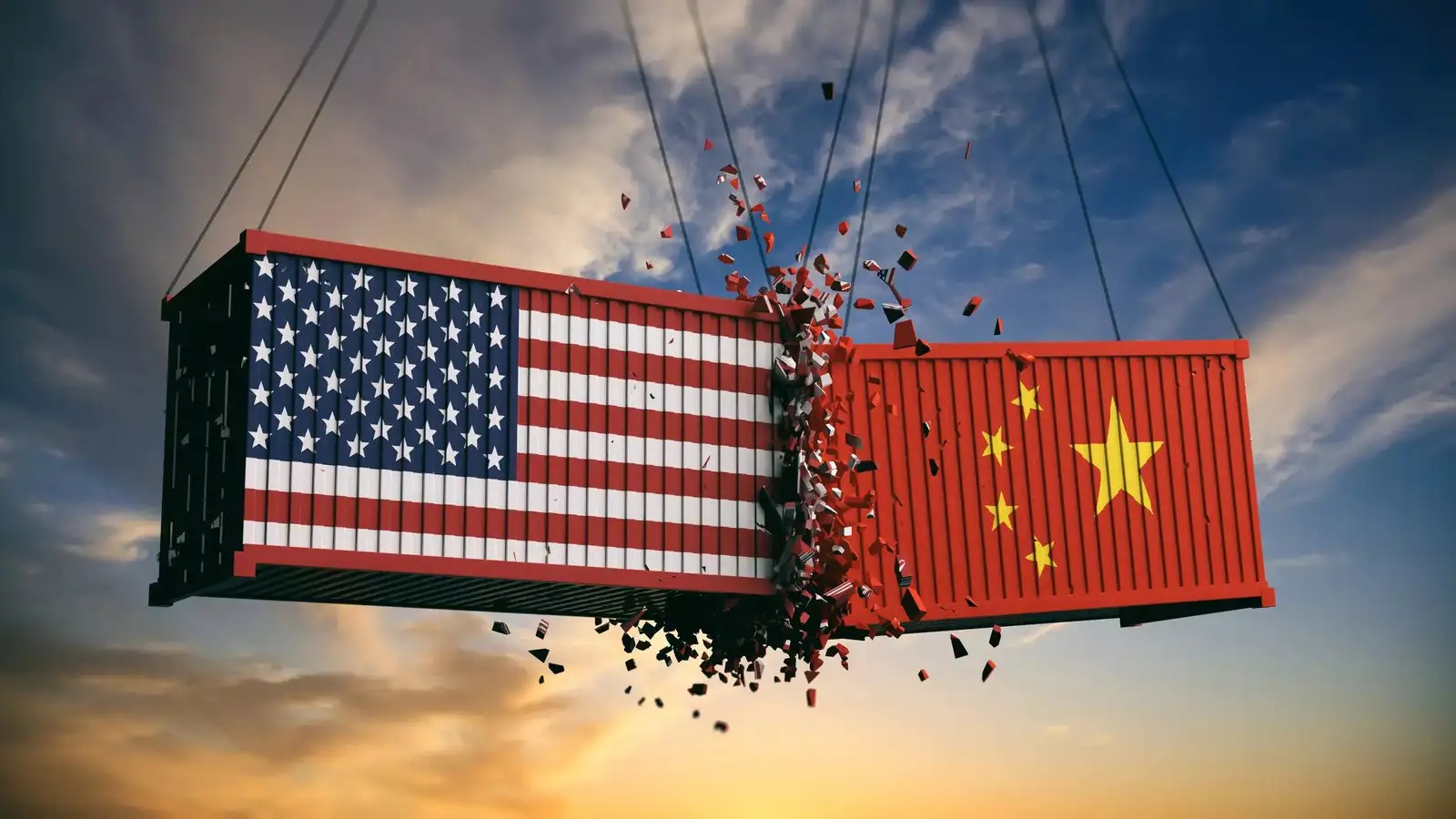HONG KONG — A fresh wave of economic friction between the United States and China has erupted following the Trump administration’s decision to impose 10% tariffs on Chinese imports. In a forceful yet measured response, Beijing has enacted a series of countermeasures targeting American goods and businesses, marking a significant escalation in the ongoing trade dispute between the two economic superpowers. These retaliatory actions, announced by the Ministry of Finance on Tuesday, send a clear message that China will not tolerate what it perceives as unfair trade restrictions imposed by Washington.
The newly introduced Chinese tariffs, which take effect on February 10, impose a 15% duty on selected energy resources such as coal and liquefied natural gas, while also levying a 10% tariff on crude oil, agricultural machinery, and large American vehicles, including pickup trucks. By focusing on these sectors, China is strategically pressuring industries that are integral to the U.S. economy while maintaining a level of restraint to avoid inflicting severe damage on its own economic interests.
China’s response extends beyond tariffs and into export controls on essential raw materials. The Ministry of Commerce and customs authorities have announced immediate restrictions on the export of over two dozen vital metals and related technologies, including tungsten and tellurium. Tungsten, a mineral crucial to manufacturing, aerospace, and defense applications, is largely controlled by China, which accounts for over 80% of global production. Tellurium, widely used in solar panel manufacturing and semiconductor technology, also plays a crucial role in high-tech industries. By limiting access to these materials, Beijing is leveraging its position in global supply chains to apply economic pressure on U.S. industries.
Further intensifying the trade dispute, China has placed two major American companies—biotech firm Illumina and fashion giant PVH Group—on its unreliable entities list. The designation, which implies restricted access to the Chinese market, serves as a warning to foreign businesses operating in China that they could face punitive action if deemed to be engaging in unfair practices. Although Beijing did not specify the reasons behind the move, experts suggest it is part of China’s broader strategy to exert greater control over foreign corporate influence within its borders.
China’s response also includes a regulatory crackdown, with the State Administration for Market Regulation launching an antitrust probe into Google. Although Google’s core services remain largely inaccessible in China due to government restrictions, the investigation signals Beijing’s readiness to challenge U.S. tech companies on regulatory grounds, further complicating the economic landscape between the two nations.
While these measures demonstrate China’s willingness to retaliate, they appear to be carefully calibrated to avoid an uncontrollable economic spiral. Analysts estimate that Beijing’s tariffs impact roughly $20 billion of U.S. exports—a relatively small fraction compared to the extensive $450 billion in Chinese goods now facing American tariffs. The scale of China’s response suggests that while Beijing is prepared to push back, it is also mindful of the potential risks of a full-blown trade war.
Beyond the economic implications, the dispute is unfolding within a broader geopolitical context. Trump’s tariffs on China are part of a larger effort to address illegal immigration and the fentanyl crisis, with Washington accusing Chinese suppliers of facilitating the production of illicit drugs. China has strongly denied these allegations and warned that economic measures should not interfere with international cooperation on law enforcement.
Despite the rising tensions, there remains a possibility for renewed negotiations. Trump has hinted at a potential discussion with Chinese President Xi Jinping, but no official confirmation has been made from Beijing. The coming weeks will be crucial in determining whether this latest escalation leads to a prolonged standoff or serves as a catalyst for renewed dialogue between the two economic giants.









